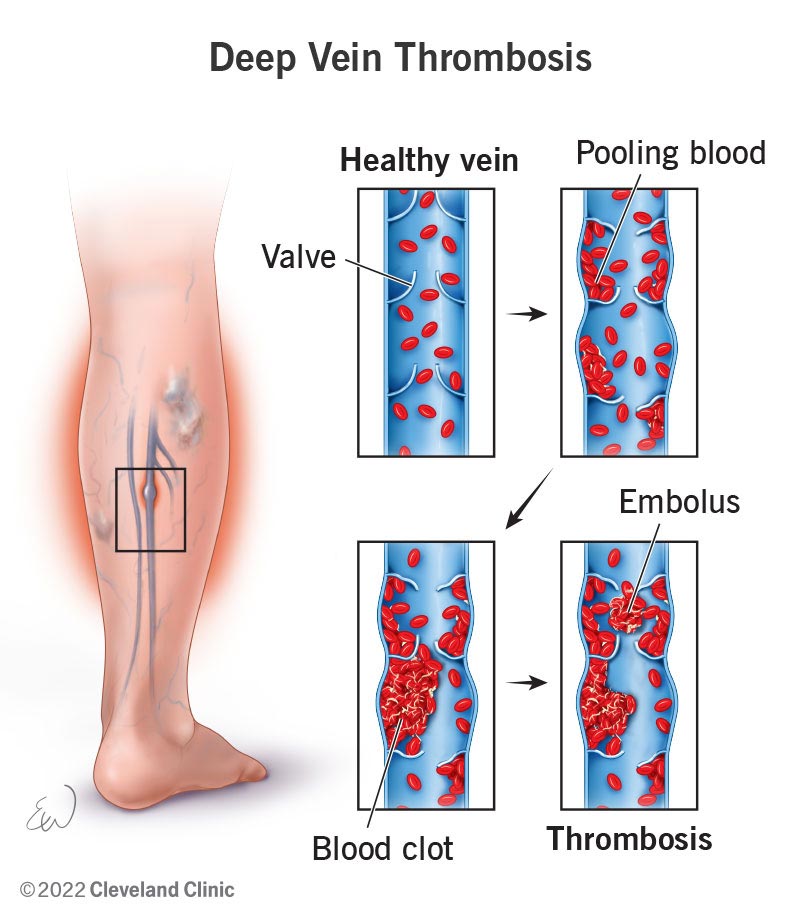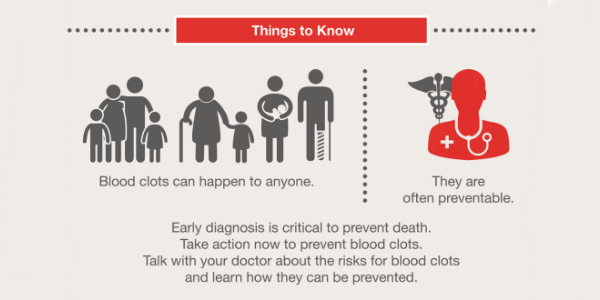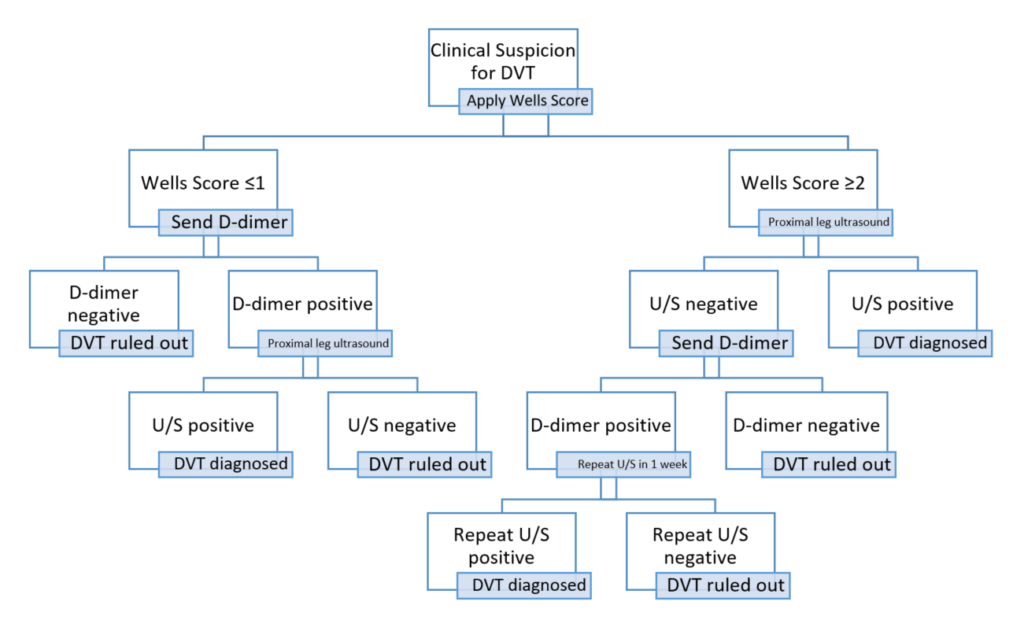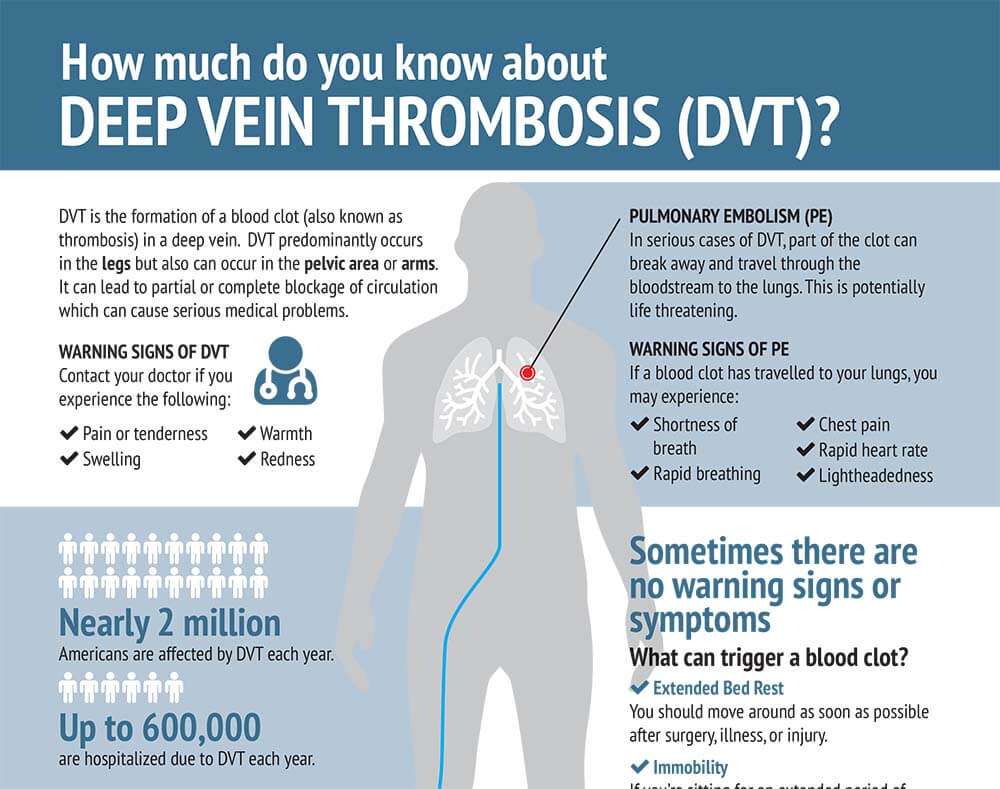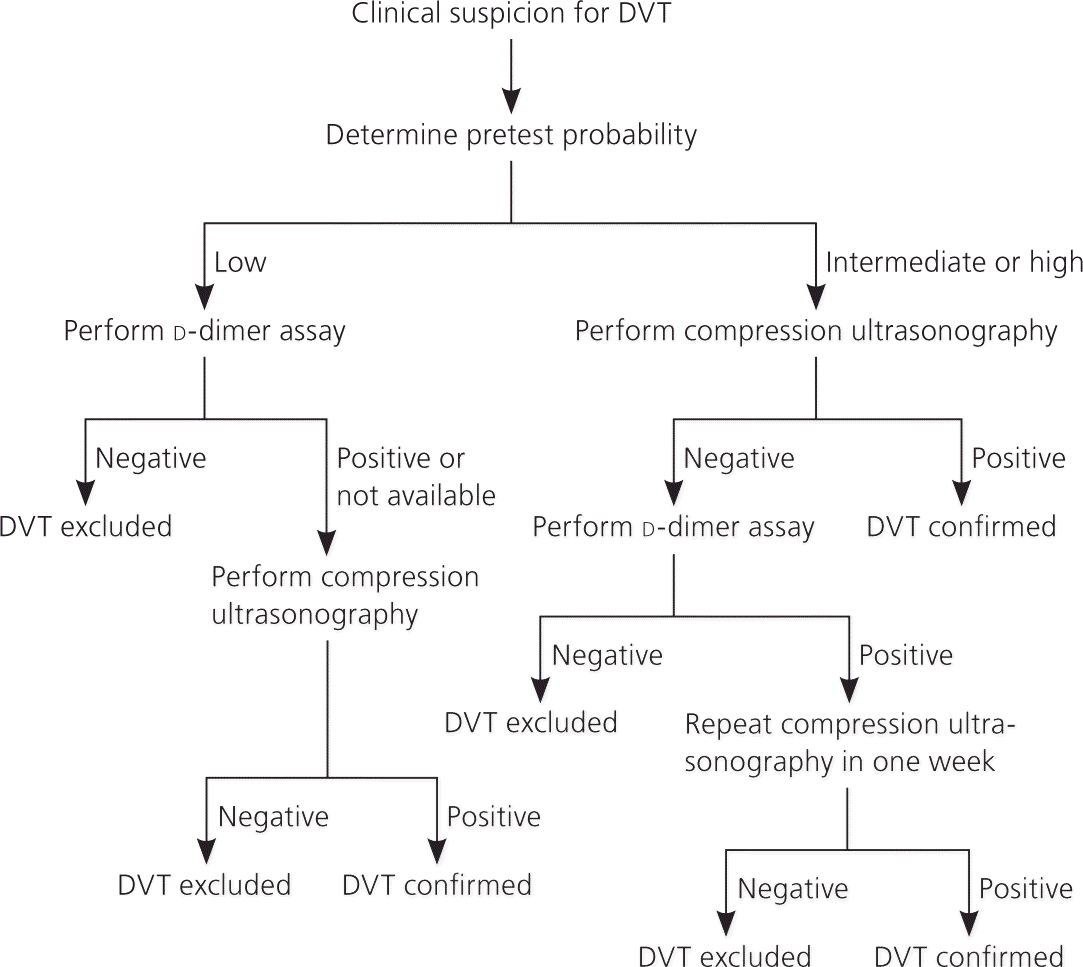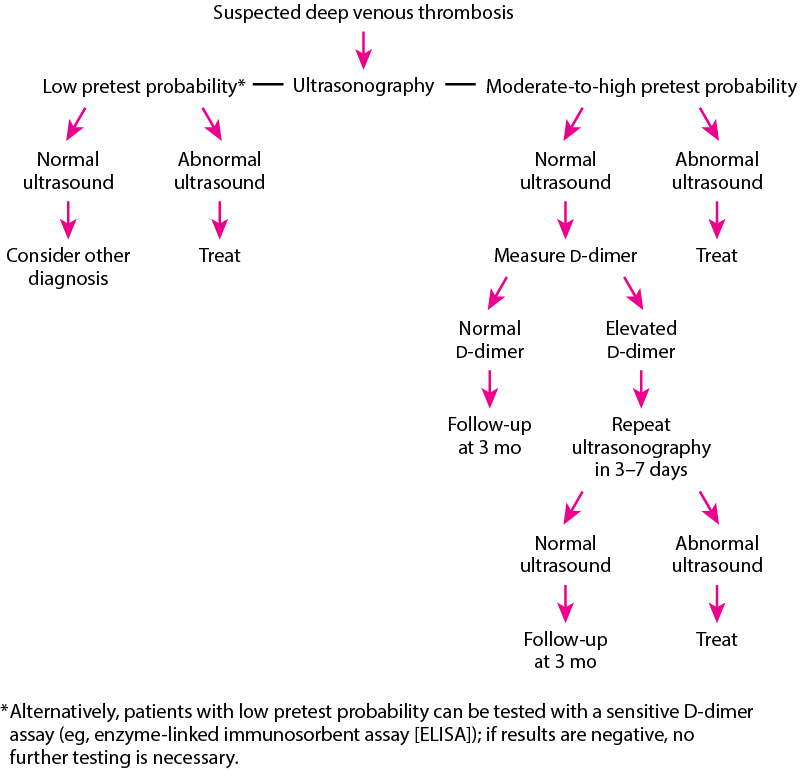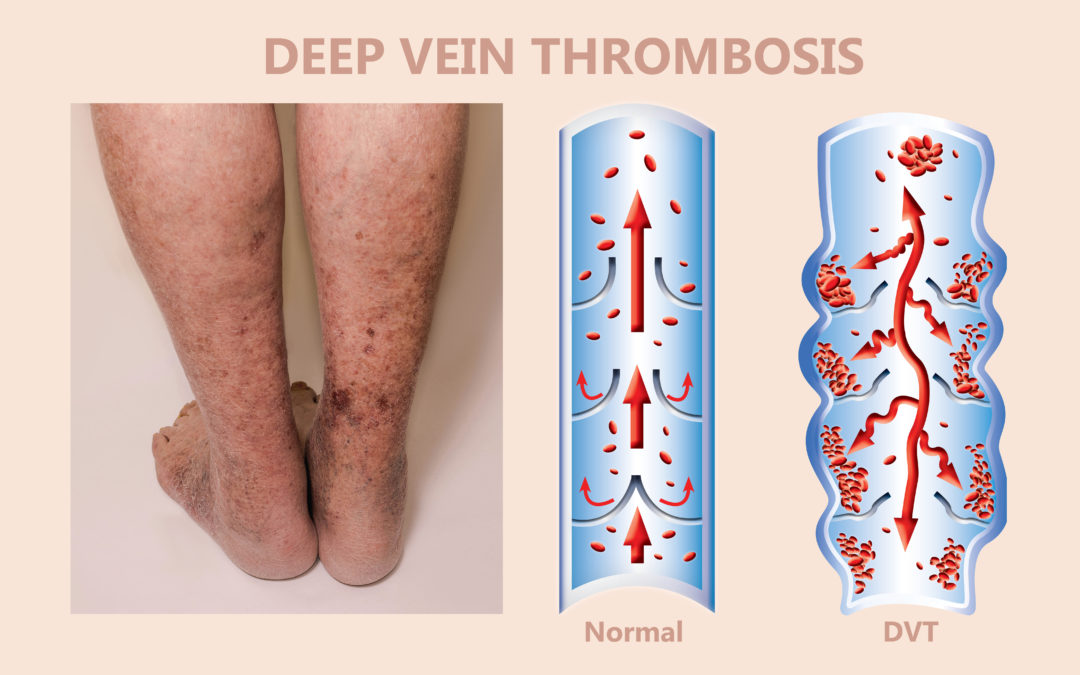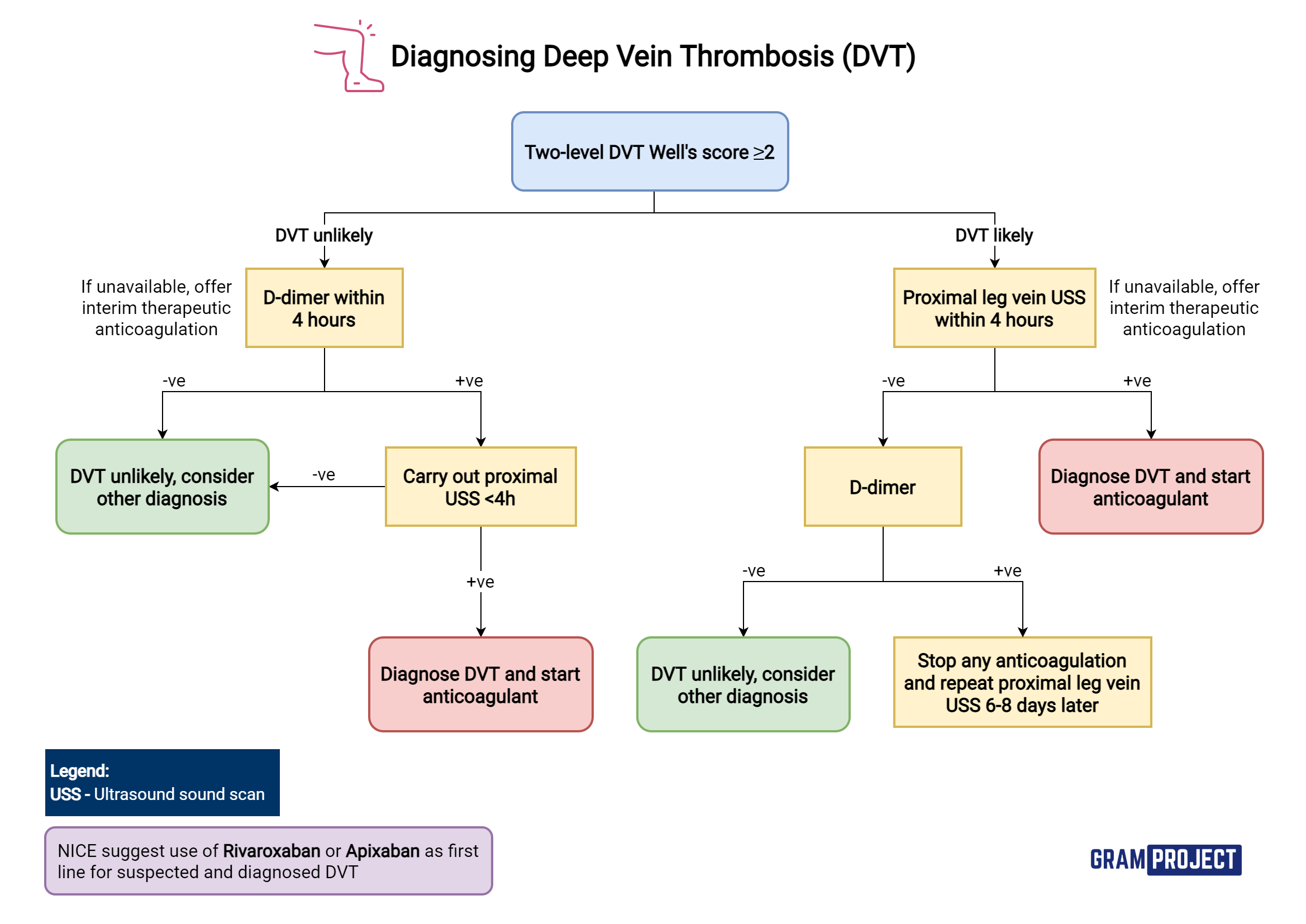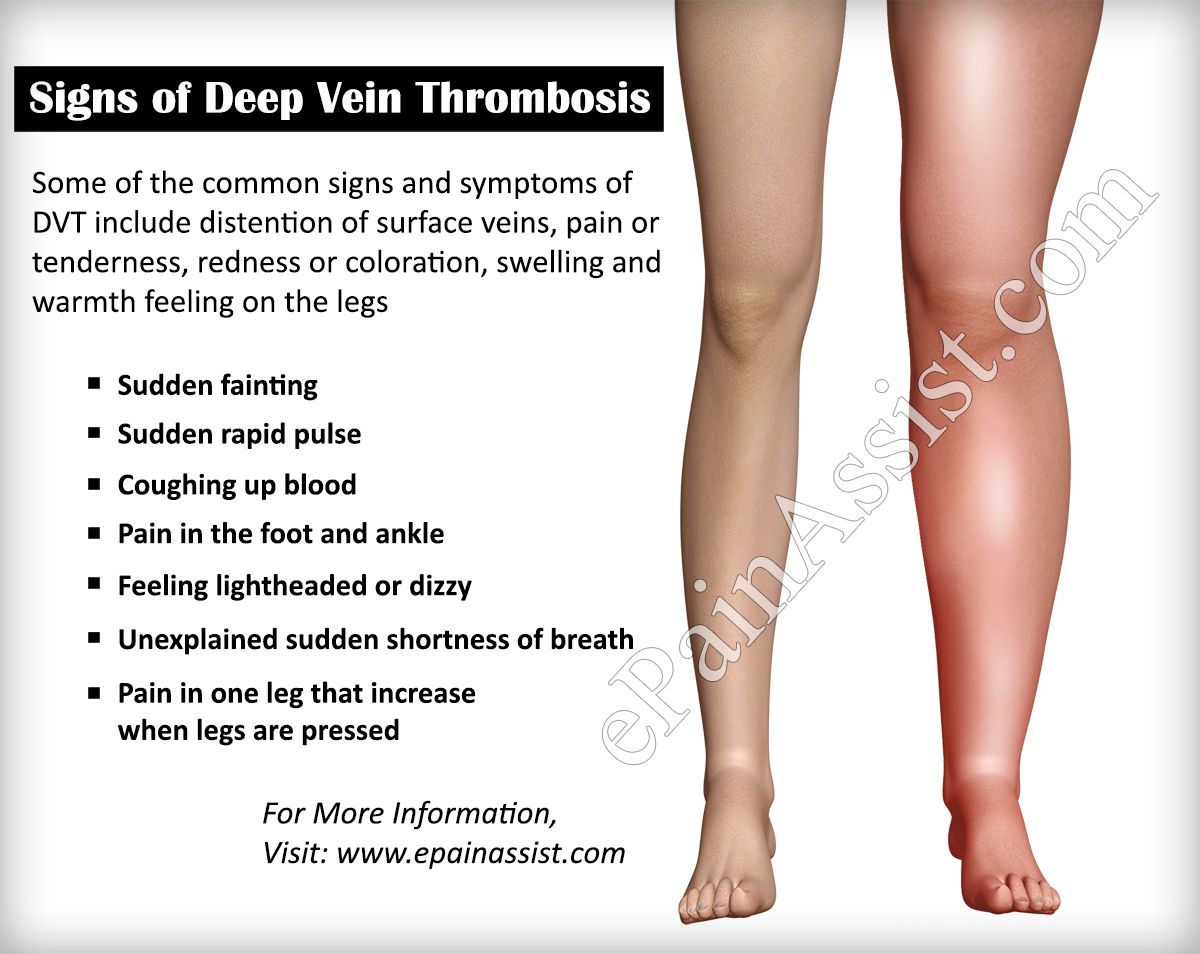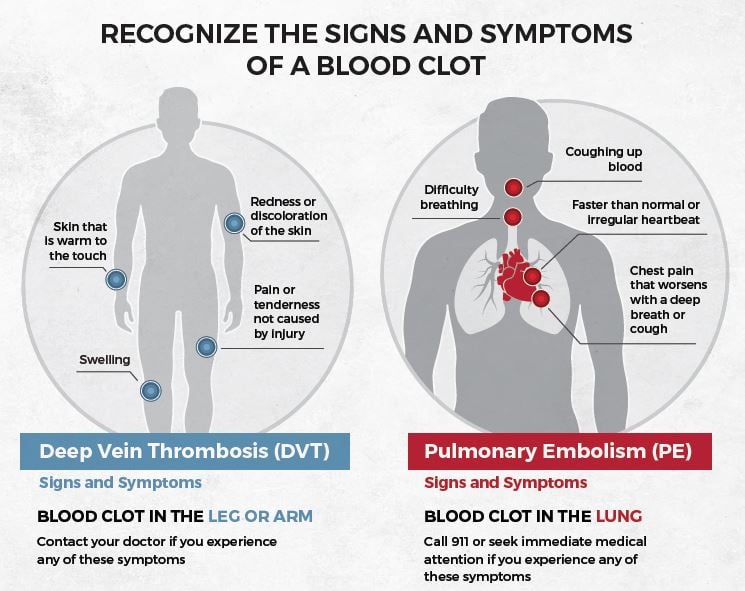Painstaking Lessons Of Info About How To Diagnose Dvt

Ad understand some of the common symptoms and risk factors of dvt and pe.
How to diagnose dvt. There are several ways to diagnose dvt, these include: Ad get info on an rx option to treat & lower the risk of recurrent dvt/pe blood clots. A dvt is a blood clot which can travel to the lungs and lead to a pe.
Ad physicians, help reduce the risk of a recurrent dvt for your patients. Absence of blood flow confirms the diagnosis of dvt. Duplex ultrasound successfully identifies 95 percent of deep vein thromboses that occur in the large veins above the knee.
Symptoms of dvt call your doctor right away if you have these dvt symptoms, especially if they appear suddenly: In diagnosing dvt (deep vein thrombosis), your doctor will ask you some questions regarding your symptoms. Ultrasound of the leg is most often used.
Clumps of blood, forming in the veins deep inside of your body cause. Ad understand some of the common symptoms and risk factors of dvt and pe. How is deep vein thrombosis (dvt) diagnosed?
Ad learn more about the signs that may reveal you have an issue that need attention Ad #1 heart healthcare resource. Find full prescribing information for an oral medication option today.
To diagnose deep vein thrombosis, your doctor may begin by asking about your symptoms and risk factors, or performing a physical. Two protocols for dvt diagnosis. Ad causes of deep vein thrombosis (dvt).
/deep-vein-thrombosis-diagnosis-5b1e8a690e23d9003695cbfc.png)
